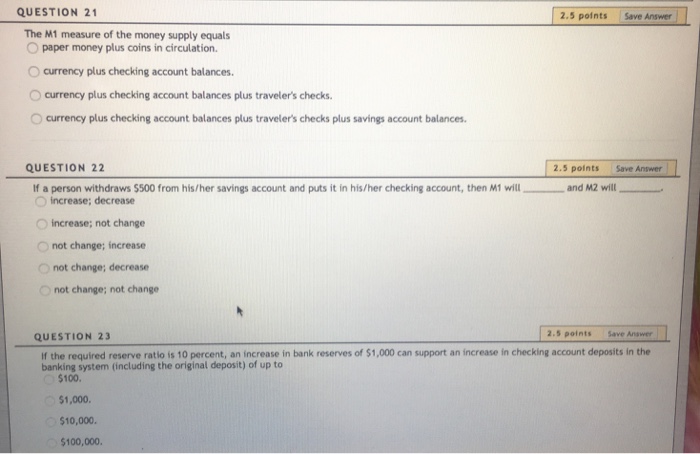ECON 2 Lecture Notes - Lecture 16: Mutual Fund, Negotiable Order Of Withdrawal Account

Hao Tran
htran170@ivc.edu
Macroeconomics
Notes: Econ 2
Money Supply
Money is defined in two ways: narrowly and broadly.
The narrow definition for money includes coins, currency, demand deposits and other checkable
deposits. The total of coins, currency, bank deposits and other checkable deposits is what we call
money supply in the narrow sense. This is also called M1.
Coins:
● Are a small proportion of the total quantity of money in an economy. They come in small
denominations.
● They are made of metal and normally the value of metal in them is less than the face value of
the coin.
Currency
● This is paper money e.g. 50/= and 100/= bills.
● Currency constitutes the second and far larger share of the total money supply than coins.
● The central bank of Kenya issues all the currency just as it does the coins.
● Initially, there used to be gold of equivalent value to the amount of currency issued to back it
and give it value. Currently, however, all the money is not backed by gold. Its value is derived
from its acceptability by people.
Bank Deposits
These are bank deposits subject to payment on demand. They are much larger than coins and
currency. They are also called checking accounts. These deposits are considered to be money
because they can be as easily used in transactions as cash, by simply issuing a check. They are as
much as money in storing value, as a medium of exchange and as a standard of value.
Other checkable deposits
Document Summary
Money is defined in two ways: narrowly and broadly. The narrow definition for money includes coins, currency, demand deposits and other checkable deposits. The total of coins, currency, bank deposits and other checkable deposits is what we call money supply in the narrow sense. Are a small proportion of the total quantity of money in an economy. They are made of metal and normally the value of metal in them is less than the face value of the coin. This is paper money e. g. 50/= and 100/= bills. Currency constitutes the second and far larger share of the total money supply than coins. The central bank of kenya issues all the currency just as it does the coins. Initially, there used to be gold of equivalent value to the amount of currency issued to back it and give it value. Currently, however, all the money is not backed by gold. Its value is derived from its acceptability by people.




